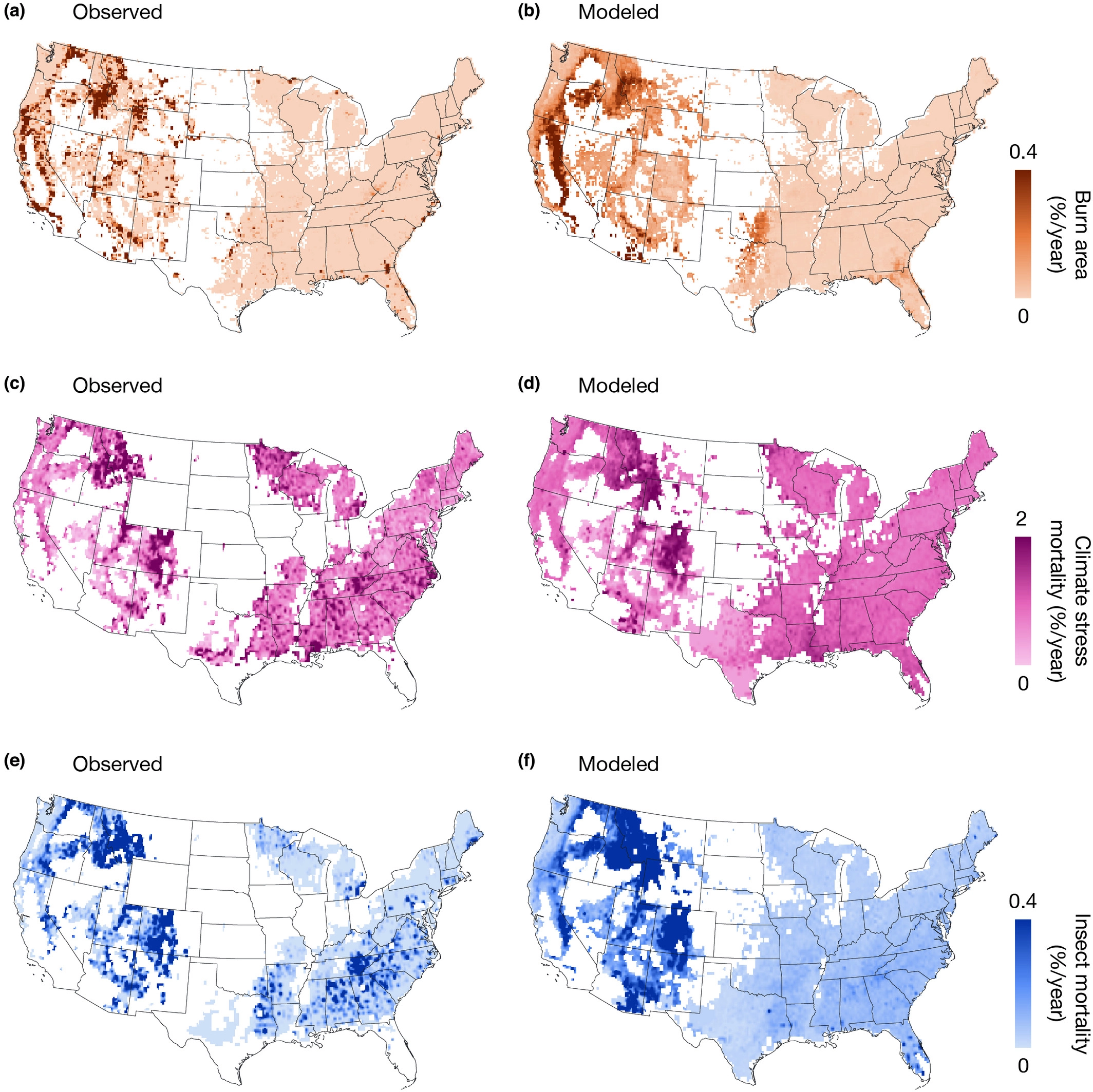Planting a tree seems to be a generally positive thing for the environment. After all, trees absorb carbon dioxide and offset some of the emissions that lead to climate change. However, if trees are burned in forest fires, all carbon in trees and forests around the world may be released into the atmosphere again. When trees die from drought or pests, they also stop removing carbon dioxide from the air According to published in ecology letters 》The possibility of these threats affecting forests is increasing across the United States, making the prospect of relying on forests to absorb carbon emissions more dangerous, according to a new study in the journal

Lead author William Anderegg, an associate professor at the University of Utah's School of Biosciences, said: "by the end of this century, forests in the United States are likely to change dramatically. More severe and frequent fires and disturbances have a huge impact on our landscape. As a result of these disturbances, we are likely to lose forests from some parts of the western United States, but much depends on how we quickly address climate change."
Wildfires, droughts and insects
The researchers simulated the risk of forest death from fire, climate stress (high temperature or drought) and insect damage across the United States and predicted that these risks could increase over the course of the 21st century. In interactive map here Their findings can be seen on the.

These models found that by 2099, the risk of forest fires in the United States could increase four to 14 times, depending on different carbon emissions. The risk of tree death and insect death associated with climate stress may roughly double at the same time.
But in these same models, human action against climate change is very important - reducing the severity of climate change has greatly reduced forest deaths caused by fires, droughts and insects.

"Climate change will pressurize these three major disruptions in the United States," Anderegg said. "Over the past few years, we've seen a devastating fire season, and it's getting worse and worse. In general, we expect the western United States to be hardest hit by all three. And they're somehow interrelated. Driven by climate change, very hot and dry years tend to lead to a lot of fires, climate related tree deaths, and insect outbreaks. But we There is also an opportunity here. Addressing climate change quickly can help keep our forests and landscapes healthy. "